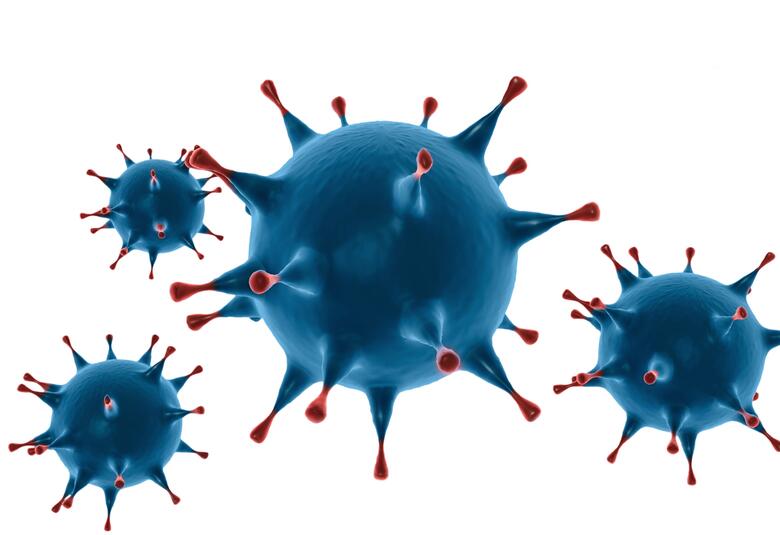Neuroscientists examining schizophrenia and its circuitry have dedicated decades of research to developing animal models of disease that might help shed light on disease aetiology and novel avenues for treatment-targeting. It appears that stresses in the peripubertal period can have profound effects on hippocampal interneurons - affecting adult hippocampal function and the afferent control of central dopaminergic function. We report the highlights of a plenary lecture at CINP 2016 on this exciting area of basic psychiatry research.
A substantial body of evidence shows a role for the dopamine system in schizophrenia. Empirical and clinical evidence highlights that targeting dopaminergic pathways with anti-dopaminergic agents works to interrupt and control aspects of schizophrenia and its pathology. Nevertheless, scientists have shown that the dopamine neurons themselves are not responsible for schizophrenia – rather – there appears to be disruption to the control and regulation of dopaminergic function.
In order to dissect the exact circuitry, pathways and mechanisms that may be at play in the development and perpetuation of schizophrenia, basic research is needed to complement clinical research into this disorder.
Painstaking research
During a plenary session at CINP 2016 entitled “Dopamine neuron regulation and its implications for the treatment and prevention of schizophrenia” Professor Anthony Grace, of the Departments of Neuroscience, Psychiatry and Psychology, at the University of Pittsburgh, USA, offered an eloquent summary of decades of groundbreaking research describing the electrophysiological properties of dopamine neurons in the midbrain and their regulation in normal states and in models of schizophrenia.
Aberrant controls over dopamine function
Professor Grace began by stating that the dopamine system has a number of discrete projections to specific brain regions involved in motor behaviour, cognition and emotion. In schizophrenia, he suggested, there is not a loss of dopamine neurons, but a loss of the complexity and control of dopaminergic function. He then reminded delegates that in vivo studies allow examination of functional activity states across key neuronal pathways implicated in psychiatric disorders.
Not a loss of dopamine neurons, but a loss of the complexity and control of dopaminergic function
Professor Grace said that recordings from dopamine neurons show there to be both states of tonic firing and phasic activation – or burst firing – in response to salient stimuli. He explained that phasic burst firing is thought to be the relevant signal of the dopaminergic system, while the level of tonic firing and discharge affects the gain – or amplification – of this signal operates under the regulation of multiple afferent systems.
Professor Grace then focused in on the potential importance of hippocampal influences on dopaminergic function that appear to be of relevance in schizophrenia. He said that although it is not possible to breed a “schizophrenic rat”, it is possible to mimic the developmental aetiology of schizophrenia in an animal model. He briefly described the MAM model – where prenatal administration of methyazoxtmethanol acetate disrupts neuronal development – creating an animal model of schizophrenia.
Hyperactivity of the hippocampus leads to the dopamine system becoming ‘toned up’ – so that normally salient signals are misinterpreted
Misinterpreting signals
Professor Grace said that MAM-treated rats appear to have aberrant dopaminergic signaling – showing greater numbers of spontaneously firing ventral tegmental dopamine neurons as a result of excessive hippocampal activity. He said that this hyperactivity of the hippocampus leads to the dopamine system becoming ‘toned up’ – so that normally salient signals are misinterpreted. He said that clinically, patients with schizophrenia assign motivational salience to neutral stimuli, predisposing them to psychosis. These responses may be due to hippocampal overactivation and in particular to changes seen in animal models of schizophrenia which suggest there is decreased GABAergic signaling linked with a reduced expression of parvalbumin (PV)-containing interneurons in the medial prefrontal cortex and ventral subiculum of the hippocampus.
There is decreased GABAergic signaling linked with a reduced expression of parvalbumin (PV)-containing interneurons
Loss of inhibitory influences
The finding that GABAergic transmission is disrupted in models of schizophrenia has led to interest in studying pharmacotherapies targeting glutaminergic transmission and acting at NMDA receptors. However, Professor Grace said that to date, agents which have shown preclinical promise have failed to show clear clinical efficacy in schizophrenia. According to Professor Grace, basic research suggests this may be because the very use of antidopaminergic therapies to manage schizophrenia may result in drastic changes in the number and sensitivity of D2 receptors, rendering the impact treatments targeting other pathways ineffectual. Thus prior antipsychotic treatment may prevent responses to novel antipsychotic agents.
Anxiety and development
To tackle this dilemma, scientists have therefore focused some of their efforts towards looking at the earlier stages of disease progression and prevention. Clinical data and studies in animal models of schizophrenia suggest that in youth, early exposure to stress may underlie the loss of PV interneurons. At risk subjects and adolescents with schizophrenia have heightened levels of anxiety that correlate with the onset of psychosis later in life. The MAM animal model of schizophrenia also suggests that heightened anxiety is a feature linked with decreased firing of interneurons in the amygdala and its target area, the ventral hippocampus.
Professor Grace said that basic research into the circuitry and controls on dopaminergic function are already contributing to the understanding of the pathophysiology of schizophrenia and may help glean insights into how to prevent the emergence of schizophrenia in susceptible individuals.
References and further reading below
Our correspondent’s highlights from the symposium are meant as a fair representation of the scientific content presented. The views and opinions expressed on this page do not necessarily reflect those of Lundbeck.




